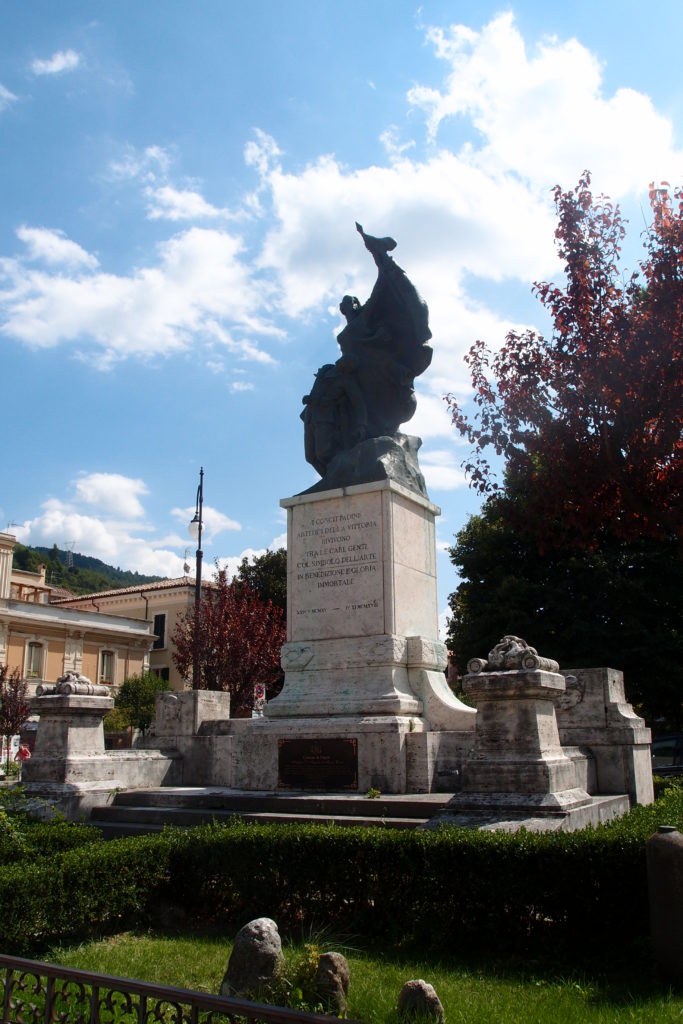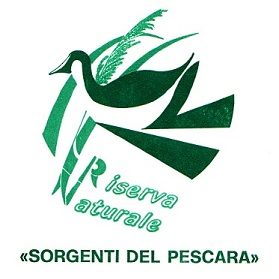🇬🇧 Brief notes on the landscape of Popoli
“Mountains, rivers and historic buildings”
The town of Popoli is located between the lower course of the Aterno and the Maiella massif, on the western edge of the Peligna valley, a plateau in the central interior of Abruzzo.
Iconic element of Popoli are the Tremonti gorges, characterized by deep rocky incisions that separate the Gran Sasso and the Majella mountain ranges in order to ease the course of the Pescara river.
Popoli is also called the “city of waters”, since the Pescara, Giardino and San Callisto rivers are born within its territory and the Aterno and Sagittario rivers flow inside it (they both flow into the Pescara river). The San Callisto and the Pescara unify near the “Giulio Cesare” bridge, where the battle between Romans and Italics is said to have taken place.
As already mentioned, Popoli is surrounded by mountain ranges, which contribute to enriching its landscape: the final stretch of the Majella with Mount of the Cave (1084m) and Mount “Humpback”, and beyond the gorges the southern Gran Sasso with the Mount of Roccatagliata (988m). The landscape is rendered suggestive by steep sides and cliffs, covered with holm oak or downy oak woods.
The vegetation of Popoli is quite rich and varied. Along the waterways, riparian formations with poplar and willow groves are found. The dominant element is the holm oak, with specimens reaching as much as 10m. Another dominant element is the typical ostrieto of the stretch of the Popoli gorges.
Characteristic element of the town are the Svolte, a stretch of mountain road quite famous thanks to the annual passage of the “Giro d’Italia” and the “Cronoscalata”, a motoring event strongly felt in the town and known throughout Italy.
Among the historic buildings of Popoli we cite the church of St. Francis in Giacomo Matteotti square and the church of the Holy Trinity at the top of the slope in front of St. Francis. The most important civic building of Popoli is the war memorial in Paolini square, dedicated to the victims of the Second World War.

Work carried out by Jacopo Galli and Antonio Antonucci (students of the Liceo Scientifico “A. di Savoia” in Popoli) – work-school project.
Source: Adriano Ghisetti, Popoli Città d’Arte e Natura.


